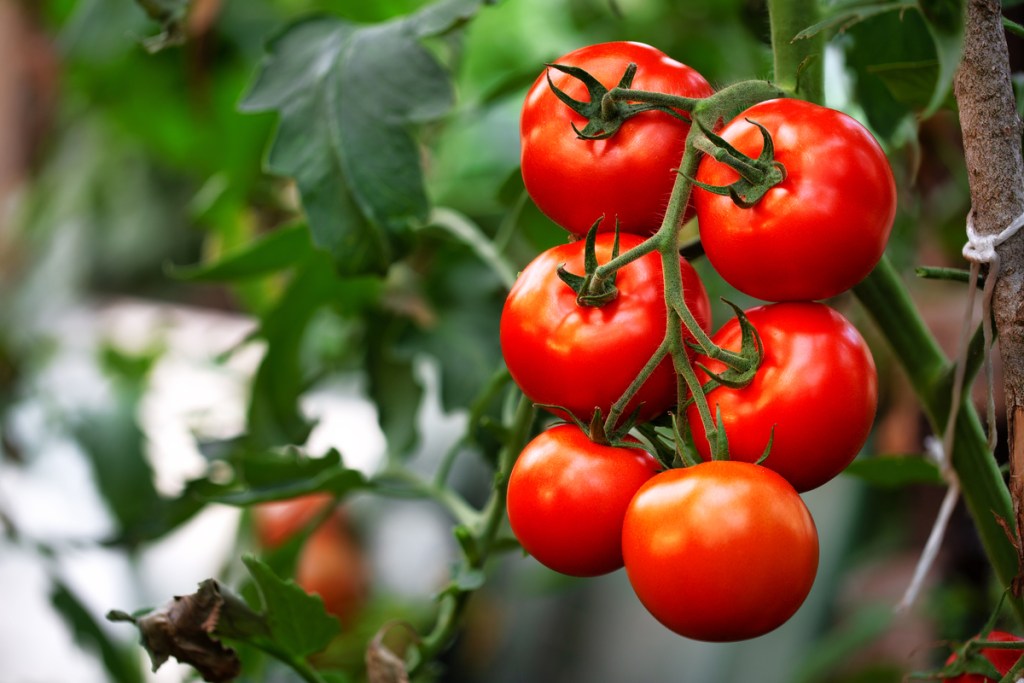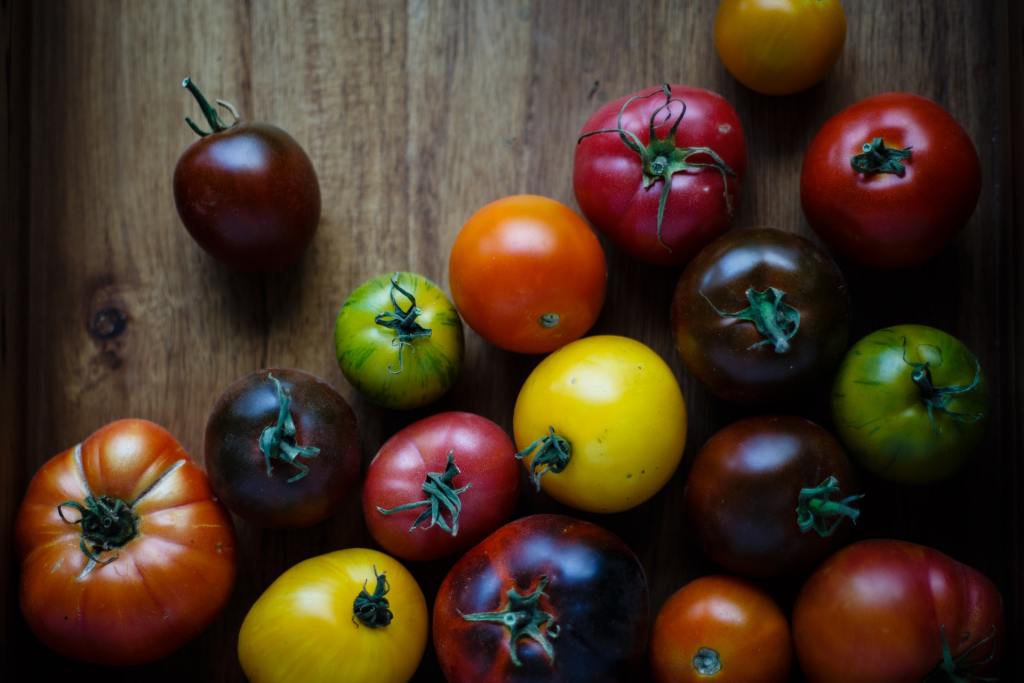Hybrid and heirloom are two categories of plants, each with their own pros and cons. What do hybrid and heirloom really mean, though, and how do they stack up against each other? Since both edible and decorative plants can be hybrid or heirloom, is one better for edible plants and one better for decorative, or is one better overall? We’re here to lay out all the facts so you can make the decision for yourself. We’ll cover the plant type’s predictability, taste, appearance, and availability.

Hybrid
Predictability
Hybrids tend to be less true to seed than heirlooms, but there are a few factors that can impact this. The seeds you get to grow initially should grow into the plant you expect them to be. However, any seeds you then collect from that first plant have a lower likelihood of being the same as the first plant.
This isn’t always a bad thing, and it can lead to some interesting surprises in your garden. However, if you want to increase your chances of your hybrids being true to seed, then planting several of the same variety close together or hand pollinating your plants will help. It’s also important to remember that just because they’re less likely to be true to seed doesn’t mean they’re never true to seed.
Taste and appearance
There are a lot of hybrid flowers that have been bred specifically for unique appearances. This can mean brighter colors, colors that are unusual for the flower in question, or bigger blooms. There are also some hybrid vegetables and fruits that are bred for interesting patterns, especially vegetables that are often used for decorative purposes, like pumpkins and other gourds.
However, most hybrid vegetables and fruits are bred for increased harvest, bigger fruits, disease resistances, and traits that make them easier to machine harvest and store, like thicker peels and increased water content. This sometimes means that flavor takes a backseat for hybrid fruits and vegetables. Hybrid vegetables also tend to have a more standard, store-ready appearance.
Availability
Hybrid plant varieties are often readily available, with only the newest hybrids and less popular hybrids being at all difficult to find. In fact, unless the tag or bag explicitly states that the plant is an heirloom, most of the plants you’ll find in stores are hybrids. This is especially true of larger stores and chains. Additionally, hybrids are fairly easy to make in your own garden, without any special training or tools.

Heirloom
Predictability
Due to the long time it takes to create an heirloom variety, coupled with the open pollination method, heirloom plant varieties are extremely true to seed. The seeds collected from the first plant will grow plants that are very similar to the parent plant. This makes heirloom varieties reliable, but it also removes a certain element of chaos and surprise that some gardeners find entertaining. It also means that heirloom varieties don’t always make for the best choices for parent plants to create hybrids, since they’re so stable.
Taste and appearance
Since heirloom varieties take a long time to create, you won’t find quite as many trendy and new flower colors or patterns. In fact, some of the heirloom flower varieties out there may seem old fashioned, because, well, they are. That doesn’t mean that heirloom flowers aren’t beautiful, it just means that progress is slow. Heirloom vegetables can sometimes appear less attractive, since they don’t always have the classic appearance of the vegetable we’ve come to know in stores.
Two places where heirloom varieties really shine, however, are smell and taste. Heirlooms, due to the length of time it takes to create a variety, are not usually developed for the purpose of mass production. This means that rather than focusing on how well the fruits can be machine harvested or how long cut flowers can last in storage, the taste, texture, and scent of the plant can take precedence.
Availability
Unlike hybrids, it’s more difficult to create your own heirloom variety at home, since it takes at least 50 years to create one. The most popular heirloom varieties can be found easily online and in specialty stores, and occasionally in larger chains as well. However, if you want an older, less popular heirloom variety, you may be out of luck. When large scale crop production became more common, home gardens became less so, and heirloom varieties that had been passed down like family recipes went unplanted. Some of them were lost entirely, and others nearly went the same way.
Still, some heirloom varieties were rediscovered, often thanks to individuals and families who saved seeds from their gardens year after year. Growing these endangered heirloom varieties can help keep them alive, but the seeds are harder to get ahold of.
Ultimately, the choice between hybrids and heirlooms comes down to what you’re looking for in a plant. Any garden would do well with a mix of hybrids and heirlooms. Hybrids are easier to find, but not as great if you’re hoping to save the seeds and grow the same plant. Heirlooms often have more pronounced smells and tastes, but many varieties are more difficult to find. No matter which you choose, there are some great options out there for you.
Editors' Recommendations
- Plant these stunning flowering shrubs for a showstopping garden display this spring
- 3 incredible reasons why you should be using coffee grounds in your garden
- Have a gross mealybug infestation on your plants? Try one of these remedies
- These plants should be among the first you plant this year
- Do you live in climate zone 10? Here’s our guide to choosing the perfect climate zone 10 plants



